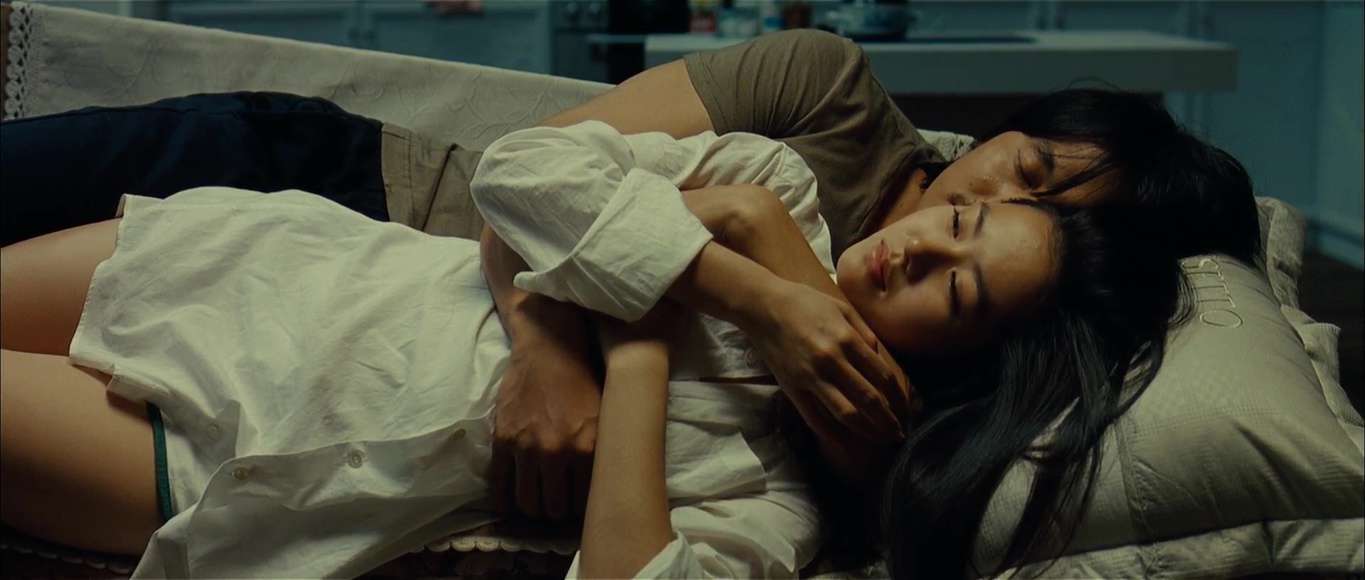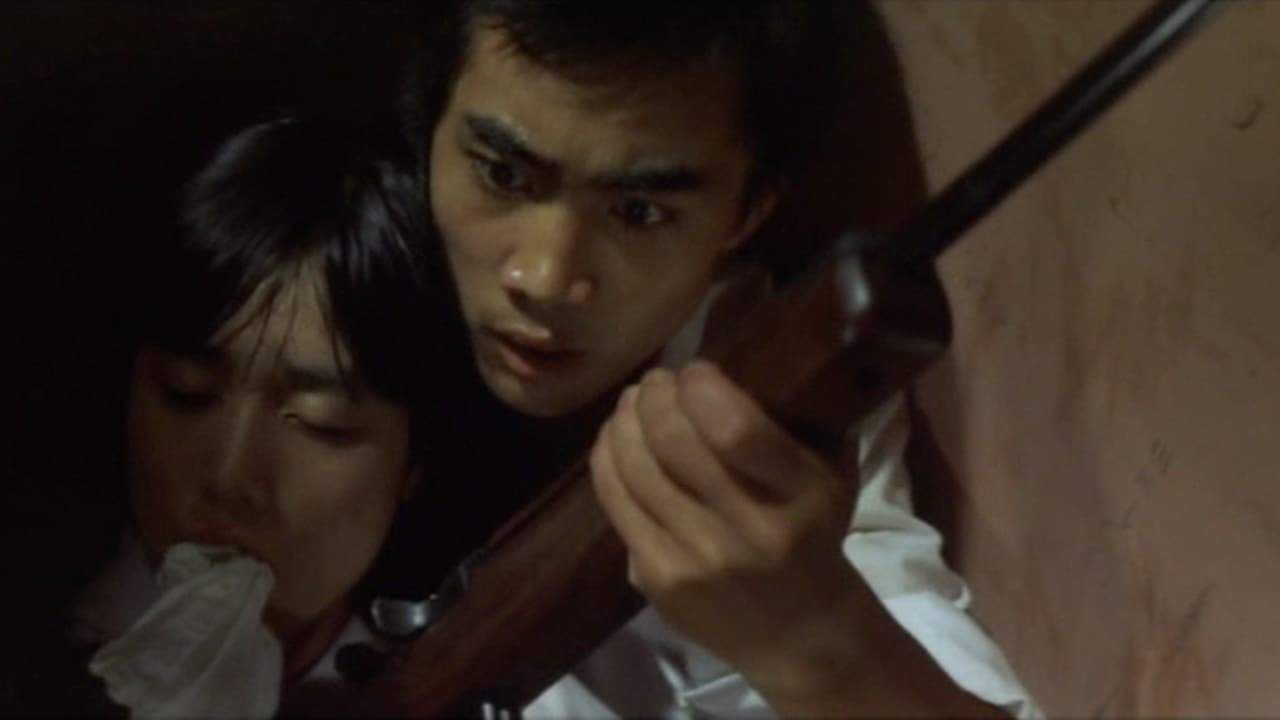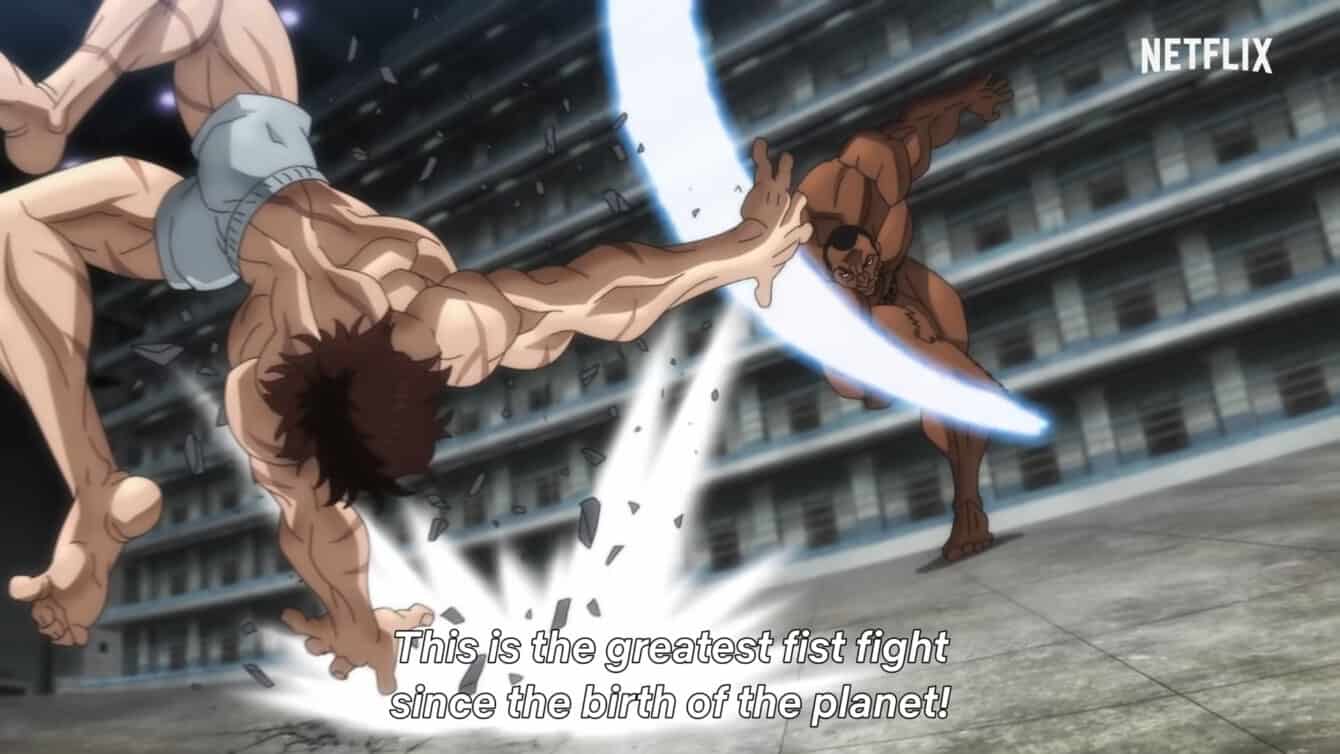Takahiro Horie started his career in the movie industry as an assistant director and writer, before making his feature debut on 2015, with “Hurt”. In 2021, he directed 3 episodes for the TV series Takane no Hana-san. “Sensei, Would You Sit Beside Me?” is his latest feature.
On the occasion of “Sensei, Would You Sit Beside Me?” screening at New York Asian Film Festival, we speak with him about the unusual story of the film, Haru Kuroki and Tasuku Emoto, manga and live-action adaptations, and other topics

Translation by Koichi Mori
The storyline of “Sensei, Would You Sit Beside Me?“ depicts an unusual couple's therapy. How did you come up with the idea for the script?
It started out as an attempt to portray a story of a wife who commits adultery as revenge against her husband, who cheated on her first. However, I felt that if the husband and wife directly clashed with each other, it would become too serious a story. That would take away from the comedic tone of the film I wanted to create. So I came up with the idea of making the main character's occupation be a mangaka cartoonist, and having the wife take revenge on her husband through manga. When I hit on the idea of indirect revenge, I could imagine that the husband's mental torture would be comical, and I knew that it would be closer to the tone of the film I wanted to make. Also, I think that the root of revenge is love. So I wrote the script thinking that the film would be a love story about an unusual marital dispute.
How was the chemistry between the two main actors, Haru Kuroki and Tasuku Emoto, on set? Did you give them any special instructions for their role?
I think it was very good. They're both actors who can sense the subtle nuances of another actor's performance, and constantly modulate their own performance to it. So it was really thrilling and stimulating in the sense that you never knew what was going to happen in the next moment until they performed it.
With Ms. Kuroki, I told her that I wanted her to create a difference between Sawako in the manga and Sawako in real life, because I needed to portray two different characters: Sawako in the manga has a lot of facial expressions, while Sawako in real life is usually expressionless. I wanted the two to coexist in one film.
I talked with Mr. Emoto about how I wanted the film to become more humane and humorous, the more he suffered. Mr. Emoto richly expressed this suffering through his facial expressions and physical movements. I thought that while the revelation of the lie was comedic, it would also serve as a catalyst for the husband, Toshio's, eventual growth in the film.
Manga is another main topic of your film. Do you read a lot of manga yourself? What are your favorites?
I read a lot of manga. For this film, I read a lot of manga about infidelity. If I had to pick one manga that I liked, it would be the infidelity manga “Ukiwa” by Munehiro Nomura. It's an amazing work that quietly shakes your emotions with its lyrical manga framing, while also being fantastical in the way it depicts unrealistic events in a moment of reality. I like to read work that uses genre in a new way.
There is this tradition in the modern Japanese film industry that many manga are made into movies. What is your opinion on this trend?
Manga has its own appeal, and movies have their own appeal. I believe that they're different, so when adapting a manga for a movie, I believe it's necessary to think more deeply about the significance of making it into a movie. In the Japanese manga industry, new works filled with original plots and characters are created every day. When you adapt manga, I believe you need to capture that distinctive originality in the film to make it a successful adaptation.
I liked the idea that the settings switch between manga and the real world. At some point, the characters even become paranoid and cannot differ between these two realities. Can you give us some more information about the animation?
In the middle of the film, the manga world is transformed into a live-action film, and the audience sees the manga transformed into a live-action film in the husband's imagination. If the manga depicts the world exactly as it is in real life, the audience may get confused about which is reality and which is the manga world. By incorporating this delusion and confusion into the film, I wanted to create a structure that would allow the audience to be in the same position as the husband as he's deceived by his wife. I used animation as a gateway to entrap him in this delusion, as a connection between the comic and the real world.
I noticed a special emphasis on music in your film. You also wrote the script for “Hana to Ame“ (“Flowers and Rain“) with a focus on Japanese rap. How do you use music as a tool in filmmaking and do you have any favorite musicians?
I believe that the moment that music meets images is the moment when film is given new life. Sometimes images and music come together, and sometimes they come apart. I always feel that it's like a music session where the emotions of the film are emphasized and new emotions are born. That's why I'm always excited as I wait to receive the next piece of music when I'm working on a film.
As for my favorite musician, I'm a longtime fan of Takuma Watanabe, who did the music for this film. I like the foreign composers Oneohtrix Point Never and Max Richter, especially their film music.
Your film was part of the Tsutaya Creator‘s Program. Could you please explain what this program is about and how important are projects like this for young creatives in Japan?
Briefly, it's a pitch contest for original film projects. After a public presentation with a proposal, script, visual images, and sample footage, projects are selected by a panel of judges, including film producers and other film professionals, and the winner receives support to make the film.
In Japan, there aren't many opportunities for original film projects to be funded by film companies. This is a program where Tsutaya, one of the biggest companies in Japan, invests in the selected projects and supports the filmmakers from production to release. It's a rare opportunity for newcomers like me to be given such a chance. I'm really grateful.
What is your next project?
My next project is a combination of science fiction and romantic comedy. I can't tell you the details yet, but I have a feeling that it's going to be a film that presents many new challenges for me.















